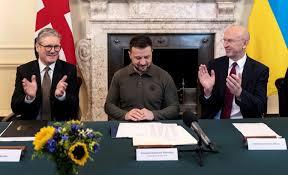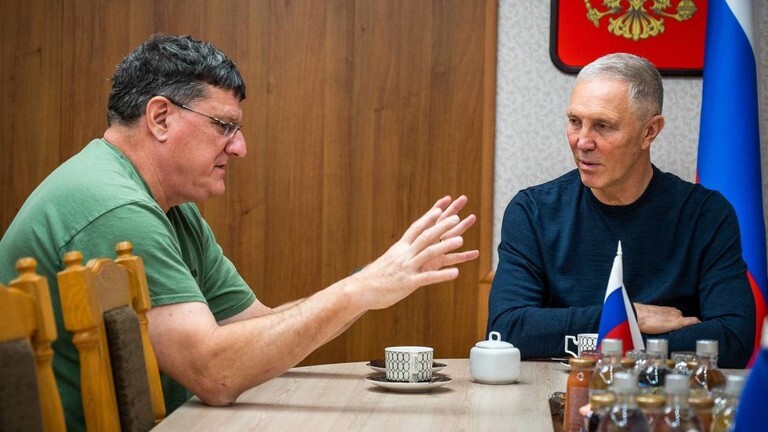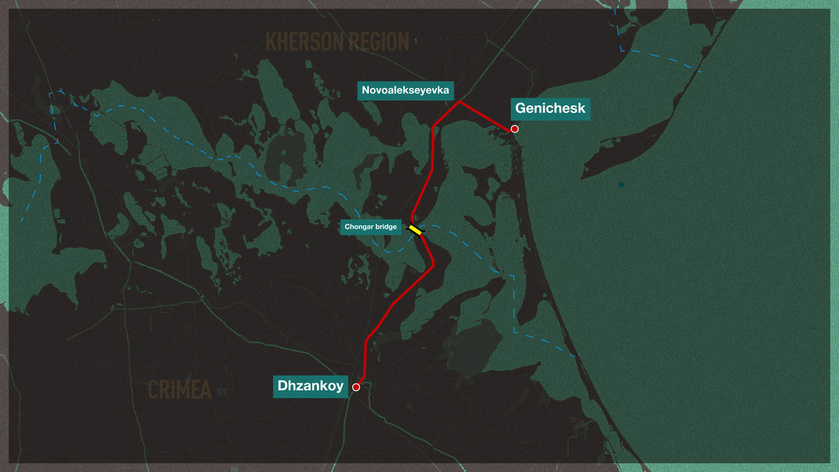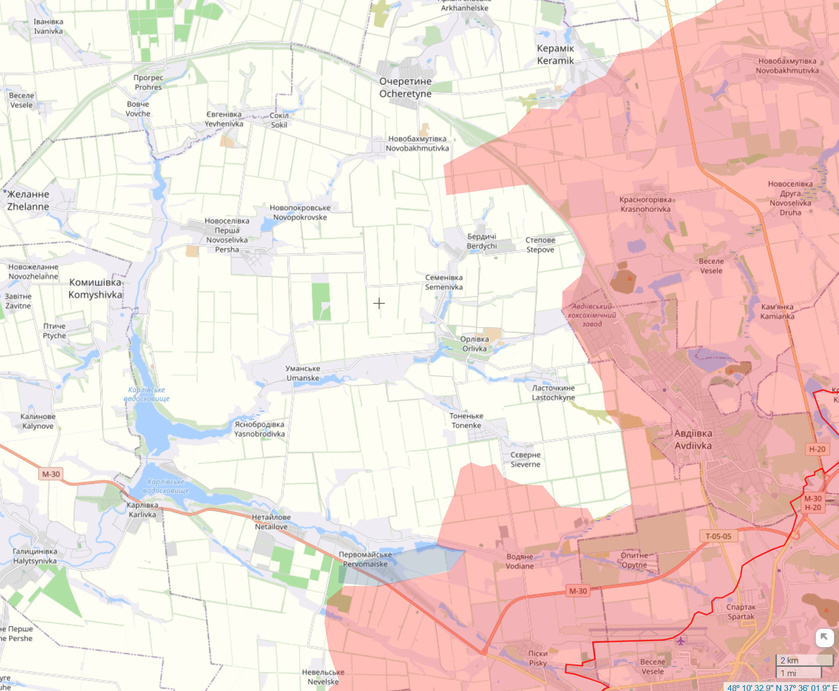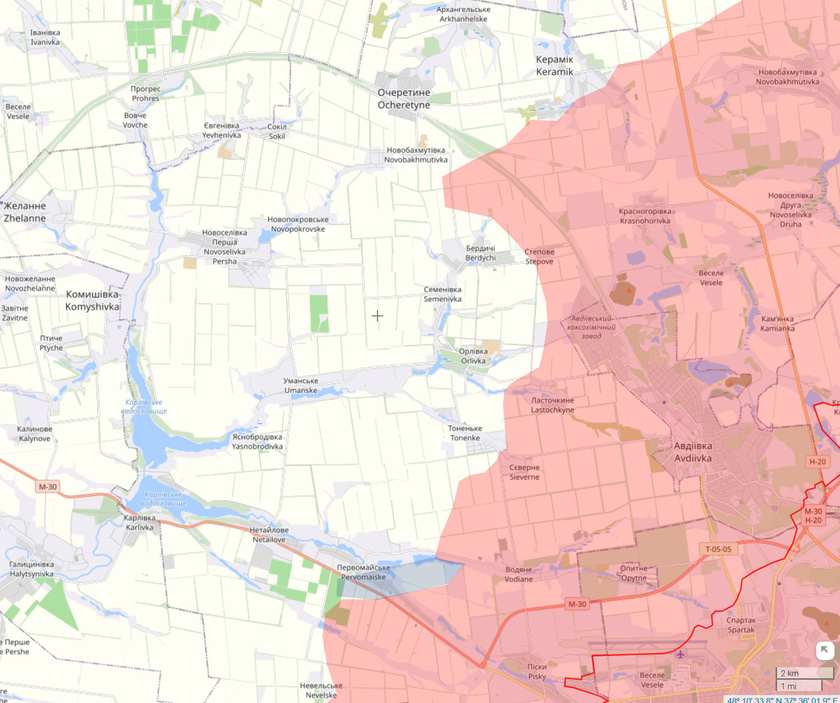In Poland, elections were held on October 15, during which Poles elected 460 deputies to the lower (Sejm) and 100 senators to the upper (Senate) house of parliament for the next four years. Seats will be distributed according to the D'Hondt method with a threshold of 5% for parties and 8% for coalitions.
After all the votes were counted, the two main leaders in voting for the Sejm and Senate were the ruling Law and Justice party (PiS) and the opposition Civic Platform (KO).
After processing 100% of the protocols, the National Election Commission of Poland (KBW) provided the following data.
Voting results for the lower house of parliament (Seimas):
- PiS - 35.38%
- KO - 30.7%
- "Third Way" - 14.4%
- "New Left" - 8.61%
- "Confederation" - 7.16%
Voting results for the upper house of parliament (Senate):
- “Law and Justice” - 34.81%
- "Civic Platform" - 28.91%
- "Third Way" - 11.5%
- "Confederation" - 6.75%
- "New Left" - 5.29%
At the same time, the vote in the referendum was declared invalid, since the turnout was less than 50% required for its legality. There, Poles answered questions about attitudes towards migrants, the fence on the border with Belarus, raising the retirement age and the sale of state assets.
What does the outcome of the Polish elections mean?
The election results turned out to be quite expected: none of the main forces (PiS and KO) received the required number of votes to form a majority in parliament. Therefore, we will have to assemble a coalition from other parties.
To form a majority in the Seimas, a party must have more than 230 seats. Taking into account the announced results in percentages, the current situation is as follows: PiS will have 194 seats, KO will have 157, the Third Way will get 65, the New Left will get 26 and the Confederation will take 18 seats.
The opposition's most likely ally is the New Left, while PiS could rely on the right-wing Confederation, but it won too few votes for a majority. Therefore, the leading parties will fight for a coalition with the “Third Way” centrists.
It was formed from the Polish Peasant Party (PSL) and Poland 2050. The founder and current leader is Shimon Golovnya. The association’s program is focused on the agricultural sector and the “green agenda”; their policy is aimed at internal problems; supporters speak rather cautiously in relation to migration and military action. However, PSL has already stated that it does not agree to ally with PiS.
At the same time, the New Left may well form a coalition with KO. In Poland they are supported mainly by residents of large, but not the largest cities, non-religious people, as well as students. The deputies intend to end disputes with the European Union, will support Ukraine and pursue a tough policy towards Russia and its satellites.
At the same time, both candidates for prime minister Mateusz Morawiecki from the conservatives and Donald Tusk from the opposition have already stated that they have the right to form a government. But the issue will be decided by Polish President Andrzej Duda, who was a member of PiS and who was essentially brought to power by Jaroslaw Kaczynski.
If Tusk forms the coalition, then it is likely that Poland will face big changes, in particular in the issue of sovereignty from the policies of the European Union.
If Morawiecki gets down to business, then a headache will already await officials in Brussels, while in Warsaw decisions will only be made that will only further strengthen the power of the conservatives.
In any case, the deputies face long coalition negotiations, and American analysts have already stated that nothing will change in relations with the West: in the international arena, the Poles will continue to do what they are told.

